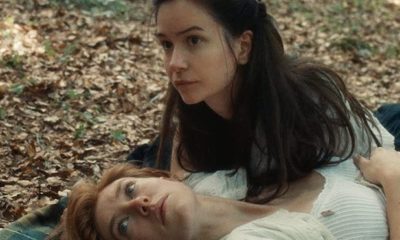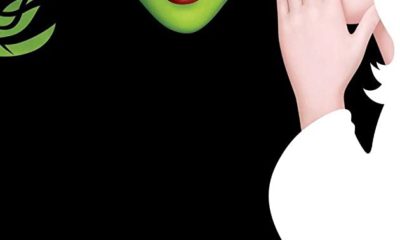Thanks to “Sleepless in Seattle,” everyone knows “An Affair to Remember” is the ultimate romantic tearjerker. Not only do Nora Ephron’s female characters describe it as their favorite chick flick, but the ending atop the Empire State Building evokes the abortive reunion that Cary Grant and Deborah Kerr never get to enjoy.
Many modern viewers also know that “Affair to Remember” (which opened in theaters 55 years ago, on July 11, 1957) was filmmaker Leo McCarey’s remake of his own 1939 hit “Love Affair,” with Charles Boyer and Irene Dunne as the lovers kept apart by fate and their own wounded pride. Still, there’s a lot about “An Affair to Remember” that even its biggest fans may not know, including its uncanny echoes of Grant’s own shipboard romance with his third wife, or how a not-yet-famous young visitor witnessed the veteran leading man’s acting breakthrough, or Grant’s off-camera therapeutic uses of hypnosis and LSD. Read on for the secrets behind this “Affair.”
1. Writer/director McCarey had come up with the initial idea for the 1939 movie “Love Affair” while taking a cruise to England with his wife. Inspiration had eluded him for the entire trip, but as the ship returned to New York and Carey saw the Statue of Liberty, the whole plot of the movie came to him in an instant.
2. McCarey was in need of a hit after the failure of his 1952 anti-communist melodrama “My Son John.” Noting how many people had thought his “Love Affair” was the most romantic movie of all time, he decided it was time to remake it.
3. “Affair” was one of three films Grant and Kerr made together, including “Dream Wife” (1953) and “The Grass Is Greener” (1960).
4. Grant was reluctant to take roles originated by other actors (in this case, by Charles Boyer), but he wanted to work again with Kerr and with McCarey, who had helped make him a comedy star with 1937’s “The Awful Truth.”
5. Grant had gone into semi-retirement in 1953 and spent 18 months traveling the world with wife Betsy Drake. But in 1957, he appeared in three movies (the others were “The Pride and the Passion” and “Kiss Them for Me”). The other two were critical and box-office failures, but the success of “Affair” inspired Grant to keep working for another decade.
6. Like his character, Grant had met Drake and fallen in love with her on the Queen Mary. He’d actually seen Drake perform on the London stage in the starring role in “Deep Are the Roots” in the summer of 1949 and had been impressed by her performance, but he didn’t meet her until after the play closed and they were both aboard the famous cruise ship, returning to America.
7. Drake was an advocate of unconventional therapies. In the early 1950s, she had used hypnosis to enable Grant to quit smoking. During the production of “Affair,” a cameraman noticed a lump on Grant’s forehead, a swelling Grant attributed to an old injury suffered on a USO tour. Fox officials insisted that he have it checked out, and doctors discovered it was a benign tumor. They told him its removal would necessitate four to six weeks of recovery. Instead, he had Drake hypnotize him, then had a doctor remove the tumor while using just a local anesthetic, and was back to work within days, with no scarring.
8. It was also during the production that Drake had Grant start taking LSD (not yet illegal) as part of his psychotherapy. For the next three years, Grant would undertake supervised acid trips, which he praised for helping him confront inner demons that he’d long avoided by losing himself in his roles.
9. “Affair” marked the second time Kerr had played a role originally played by Irene Dunne. Her Anna Leonowens in 1956’s “The King and I” was also originally played on screen by Dunne in the 1946 non-musical “Anna and the King of Siam.”
10. Helping McCarey rewrite the 1939 movie were Delmer Daves and Donald Ogden Stewart, his collaborators on the original screenplay. Daves got screen credit for his work on the remake, but Stewart did not, as he had been blacklisted during the height of Hollywood’s red scare in the early 1950s.
11. A stickler for detail, Grant took exception to the costumes of the actors playing the ship’s stewards, complaining that the buttons were different from those the stewards wore on the real Queen Mary. The filmmakers tried to dismiss his concerns, noting that no one watching would know the difference. He argued, “Yes, but I’ll know it.” The buttons were changed.
12. Lawyers at 20th Century Fox discovered that the title had to be changed because Columbia still owned the rights to the title “Love Affair.”
13. McCarey had commissioned Harry Warren to compose the theme song, “An Affair to Remember (Our Love Affair).” Warren tried 25 melodies before he came up with one that would work as a piano piece played by the grandmother character, as a French folk tune, and as a contemporary pop song.
14. Robert Wagner, then a movie newbie, often came to the set just to watch Grant. One day, Wagner recalled years later, Grant approached him with excitement and said he’d finally solved a career-long problem and had figured out how to breathe during a scene — to inhale while others were speaking in order to have enough breath for his own lines. “It’s going to make all the difference in the world,” Grant said. Marveled Wagner who found the tip useful, “It was his 62nd picture, and he was still honing his craft.”
15. Before the film’s release, producer Jerry Wald told reporters the film was sure to succeed because it had been so long since anyone had made a sophisticated romance like the ones made in the 1930s. He also claimed that Kerr and Grant were the rare actors who could make such a film work, noting, “Today’s actors either look good and talk lousy, or they look lousy and talk good.”
16. It was Wald’s idea that Kerr’s character should be a singer, an idea inspired by the success of “The King and I.” As in that film, Kerr’s singing voice was dubbed by Marni Nixon (later to become semi-famous as the real singing voice behind Natalie Wood in “West Side Story” and Audrey Hepburn in “My Fair Lady”). Kerr’s actual singing voice is heard only in “The Tiny Scout,” the number she performs with the kids’ choir.
17. The movie grossed nearly $ 4 million, making it one of the top-grossing movies of 1957. It proved to be the last hit for McCarey, who made just two more movies before he died in 1969.
18. As part of a product-placement deal, Grant appeared in magazine ads endorsing TWA. Grant had long avoided endorsing products and services, but the airline was one he actually used.
19. Kerr had another smash in 1957 with “Heaven Knows, Mr. Allison.” The one-two punch made her one of the most sought-after actresses in Hollywood.
20. The theme song became a hit single for Vic Damone and was covered by many other top singers, including Frank Sinatra, Johnny Mathis, Dinah Washington, and Nat King Cole.
21. In his last film, 1966’s “Walk, Don’t Run,” Grant sings a few bars of Warren’s “Affair” theme song.
22. “Affair” was nominated for four Academy Awards: Best Song, Best Cinematography, Best Costumes, and Best Score. It went home from the Oscars empty-handed.
23. The success of 1993’s “Sleepless in Seattle,” which openly acknowledged its own debt to “An Affair to Remember,” sent VHS sales of the 1957 movie soaring, moving 2 million copies of the videocassette.
24. The 1994 remake, under the title “Love Affair,” featured real-life couple Warren Beatty and Annette Bening and marked Katharine Hepburn’s last big-screen role. It was a hit with neither critics nor audiences.
25. Grant supposedly preferred Boyer’s “Love Affair” to his own version. Still, Grant would claim over the years that watching the end of “An Affair to Remember” made even him cry.
-
‘Bringing up Baby’ (1938)
-
‘Gunga Din’ (1939)
-
‘Penny Serenade’ (1941)
-
‘Arsenic and Old Lace’ (1944)
-
‘None But the Lonely Heart’ (1944)
-
‘Notorious’ (1946)
-
‘To Catch a Thief’ (1955)
-
‘An Affair to Remember’ (1957)
-
‘Operation Petticoat’ (1959)
-
‘North by Northwest’ (1959)
-
‘The Grass Is Greener’ (1960)
-
‘That Touch of Mink’ (1962)
-
‘Charade’ (1963)



 Movies News6 years ago
Movies News6 years ago
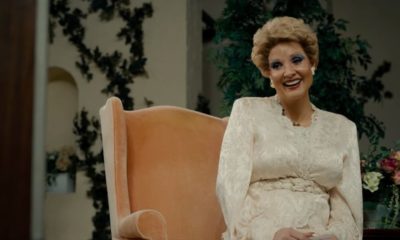

 Movies News4 years ago
Movies News4 years ago
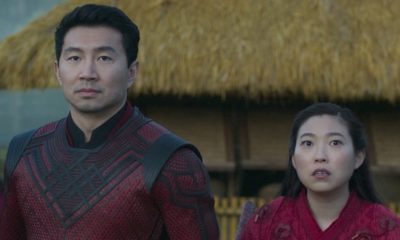

 Movies News4 years ago
Movies News4 years ago
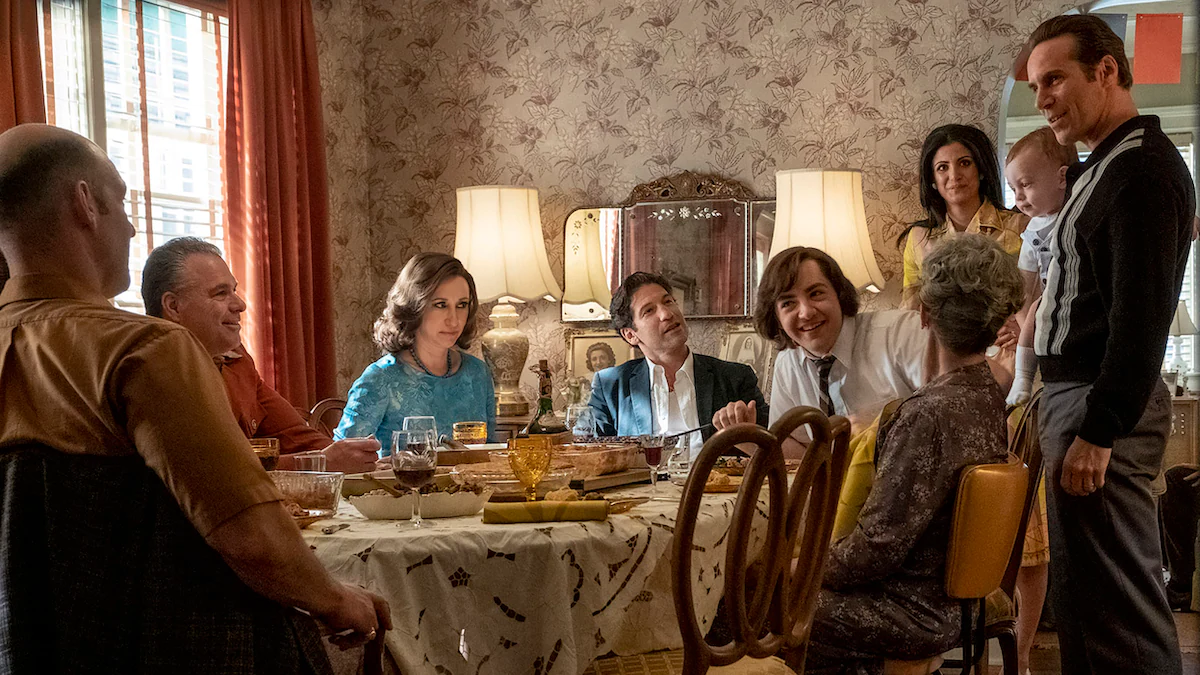

 Movies News4 years ago
Movies News4 years ago




